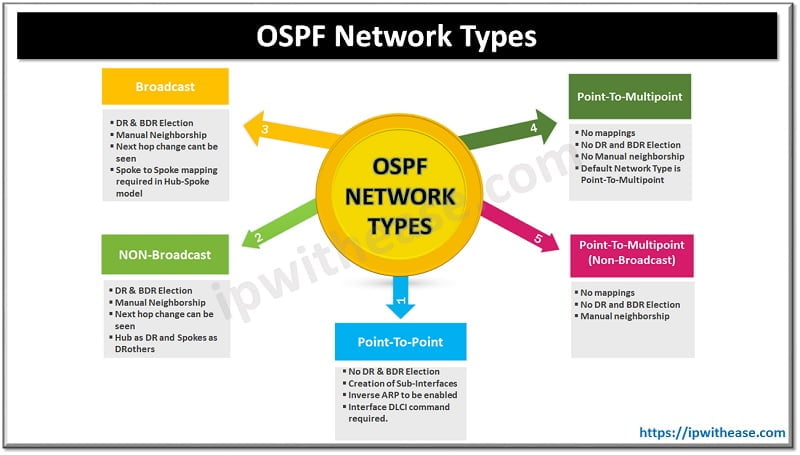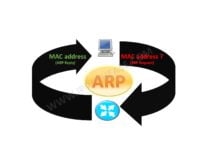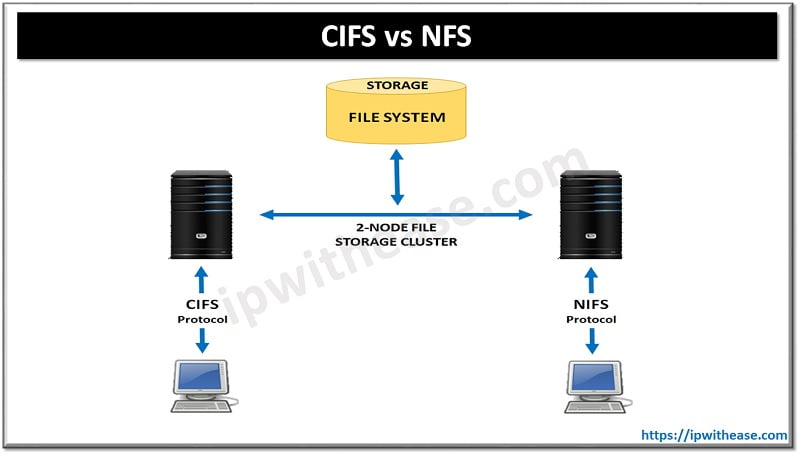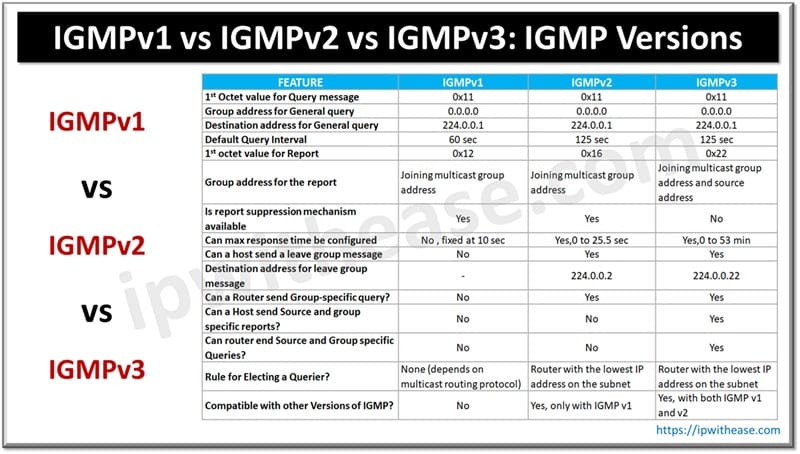Google ADs
OSPF NETWORK TYPES
There are five different network types within which OSPF operates. The following list explains the characteristics of the OSPF network types:
Broadcast
- The Broadcast network type is the default for an OSPF enabled Ethernet interface.
- The Broadcast network type requires that a link support Layer 2 Broadcast capabilities.
- The Broadcast network type has a 10 second hello and 40 second dead timer.
- An OSPF Broadcast network type requires the use of a DR/BDR.
Non-Broadcast
- The Non-Broadcast network type is the default for OSPF enabled frame relay physical interfaces.
- Non-Broadcast networks requires the configuration of static neighbors; hello’s are sent via unicast.
- The Non-Broadcast network type has a 30 second hello and 120 second dead timer.
- An OSPF Non-Broadcast network type requires the use of a DR/BDR
Point-to-Point
- A Point-to-Point OSPF network type does not maintain a DR/BDR relationship.
- The Point-to-Point network type has a 10 second hello and 40 second dead timer.
- Point-to-Point network types are intended to be used between 2 directly connected routers.
Point-to-Multipoint Non-Broadcast
- Same as Point-to-Multipoint but requires static neighbors. Used on Non-broadcast layer 2 topologies.
- Gives you the ability to define link cost on a per neighbor basis.
Point-to-Multipoint
- OSPF treats Point-to-Multipoint networks as a collective of point-to-point links.
- Point-to-Multipoint networks do not maintain a DR/BDR relationship.
- Point-to-Multipoint networks advertise a hot route for all the frame-relay endpoints.
- The Point-to-Multipoint network type has a 30 second hello and 120 second dead timer.
Comparison Table: OSPF Network Types
To summarize , we can enumerate the OSPF Network Types in the below table –
MODE | PREFERREDTOPOLOGY | SUBNETADDRESS | ADJACENCY | RFC or CISCO |
| Non-Broadcast | Fully Meshed | Same | Manual configuration DR/BDR elected | RFC |
| Broadcast | Fully Meshed | Same | Automatic DR/BDR elected | Cisco |
| Point-to-multipoint | Partial Mesh or Star | Same | Automatic No DR/BDR | RFC |
| Point-to-multipoint Non broadcast | Partial Mesh or Star | Same | Manual configuration No DR/BDR | Cisco |
| Point-to-point | Partial Mesh or star, using sub interface | Different for each subnet | Automatic No DR/BDR | Cisco |
Download the table: OSPF Network Types
Google ADs
Continue Reading:
OSPF LSA Types The Ultimate Guide
OSPF Router Types: Detailed Explanation
Are you preparing for your next interview?
Please check our e-store for e-book on OSPF Interview Q&A. All the e-books are in easy to understand PDF Format, explained with relevant Diagrams (where required) for better ease of understanding.
ABOUT THE AUTHOR

Founder of AAR TECHNOSOLUTIONS, Rashmi is an evangelist for IT and technology. With more than 12 years in the IT ecosystem, she has been supporting multi domain functions across IT & consultancy services, in addition to Technical content making.
You can learn more about her on her linkedin profile – Rashmi Bhardwaj




